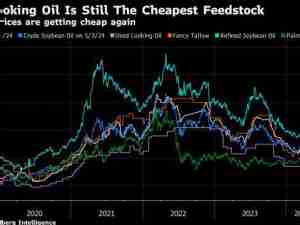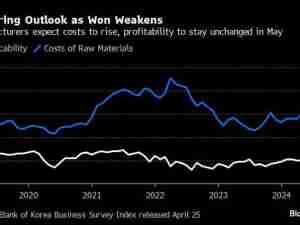One Year On, 21 Months to Go: What ‘Brexit Watchers’ Expect Now
By: Simon Kennedy | Jun 22 2017 at 07:01 PM | International Trade
“People in this country have had enough of experts,” pro-Brexit lawmaker Michael Gove declared in the referendum campaign.
One year on and Bloomberg is willing to give the experts another chance. We asked 13 “Brexit watchers” to tell us what they think Britain’s divorce will look like when it occurs on March 29, 2019.
The responses varied. Henry Newman of Open Europe and Global Counsel’s Gregor Irwin see the grounds for a deal, likely with a transitional period to smooth the way. Still, Clifford Chance’s Phillip Souta estimates a 30 percent chance of no deal and Daniela Schwarzer of the German Council On Foreign Relations reckons the probability is 50 percent. Carsten Nickel at Teneo Intelligence even imagines a world in which a Prime Minister Boris Johnson keeps Britain inside the bloc.
Here’s what the experts think:










